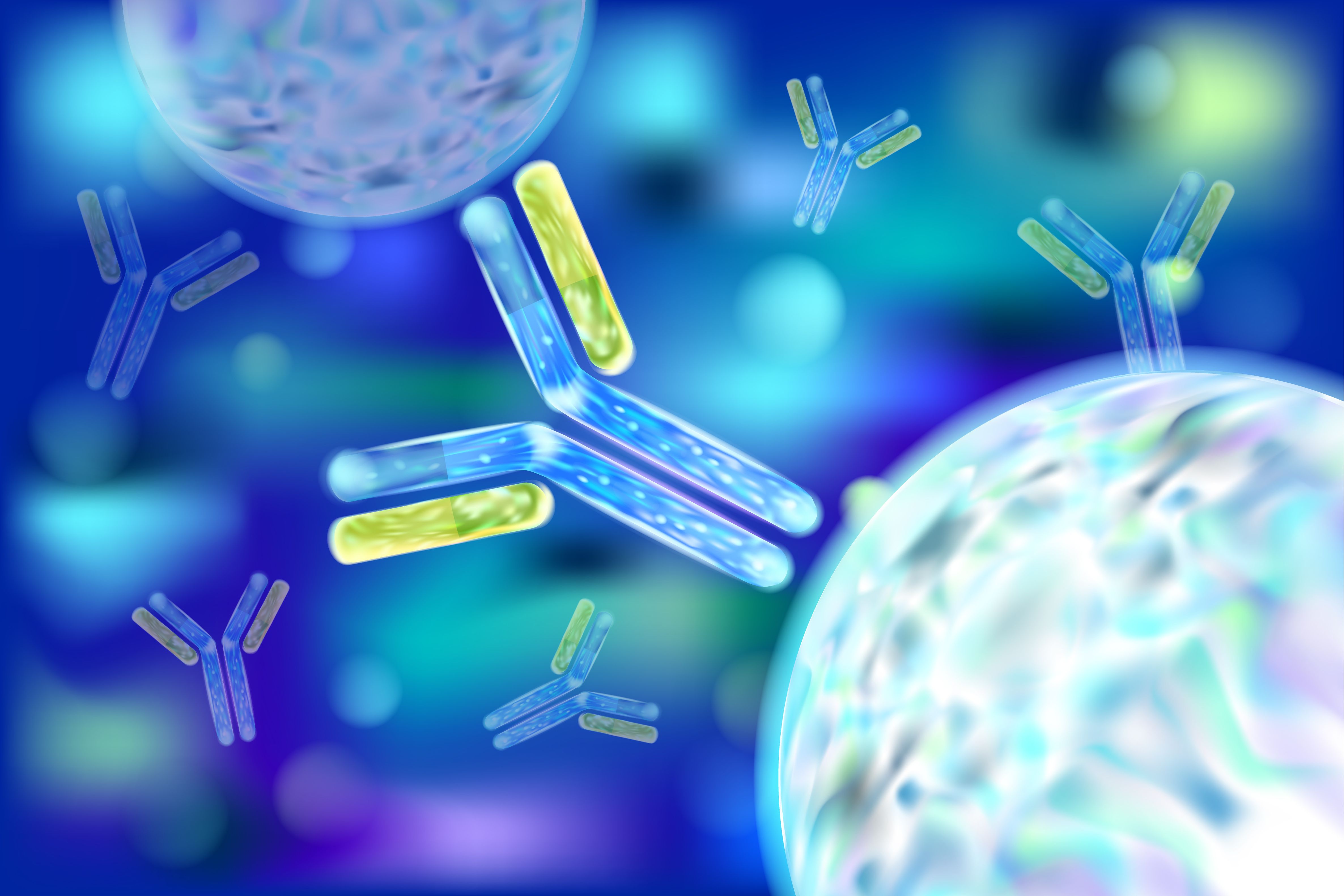Article
HIV Vaccine Development May Be Enhanced Through Superior Animal Models
Author(s):
Study hopes to overcome significant challenges in producing an HIV vaccine.
Researchers found a way to produce an updated version of current animal models to improve the development of HIV vaccines.
Creating a vaccine for HIV is an enormous challenge for researchers, in part because of the virus’ ability to rapidly mutate. The its outer coat protein of the virus, known as the envelope, is coated with host-derived sugars, which make it undetectable from the human immune system.
Although there are several promising HIV vaccines in development, there has been a lack of efficient animal models to test these vaccines.
Rhesus monkeys have immune systems that are much closer to that of humans than rodents, but HIV cannot infect or replicate in monkeys. To overcome this hurdle, researchers developed chimeric simian-human immunodeficiency viruses (SHIV), which are genetically engineered viruses that contain the HIV envelope, but with other viral components from simian immunodeficiency virus (SIV).
However, an issue with SHIVs is it only allows HIV envelops adapted in artificial ways and bind to the rhesus CD4 molecule to infect rhesus monkeys. In a study published in the Proceedings of the National Academy of Sciences, researchers described a method to make a better SHIV that closely mimics HIV in humans.
“We found that changing a single amino acid in the envelope coat protein of naturally occurring HIV strains led to dramatic differences in the ability of SHIVs to infect monkeys, while at the same time retaining the native-like features of the virus envelope and its interaction with the human immune system,” said George M. Shaw, MD, PhD.
The new SHIV can be used as a test system to elicit protective antibodies in monkeys and challenge viruses to determine if these antibodies are protective against HIV.
“This is an enabling discovery for the HIV vaccine field because it allows scientists for the first time to study in a controlled and reproducible manner the interaction of natural HIV envelope proteins with monkey B lymphocytes, which are stimulated to make protective antibodies,” said researcher Hui Li, MD.
Researchers hypothesized in the PNAS study that changing the binding affinity of the HIV envelope to rhesus monkey CD4 was key for optimal SHIV design. To test the theory, they examined the evolutionary history of all forms of HIV-related immunodeficiency viruses that infect humans and subhuman primates naturally to look for amino acids.
Out of 850, only 1 amino acid called Env375 was found to comprise the viral envelope.
“Changing this one amino acid in HIV to resemble variants found in SIV enhanced the entry of SHIVs into monkey CD4 T cells by a 1000-fold,” Li said. “It was like night and day.”
Researchers then created a set of designer SHIVs that elicited broadly neutralizing antibodies. Rhesus macaques were infected with the designer SHIVs and closely monitored for the development of antibodies.
So far, they have seen the SHIV virus and host antibody response evolving to more closely resemble human HIV in numerous infected animals.
“We identified rhesus macaque CD4 binding as a critical determinant for productive SHIV infection in the monkeys and Env375 mutations that influence this,” Shaw said. “This discovery represents a novel and generalizable strategy for constructing SHIVs with envelope glycoproteins of particular interest, including those that elicit broadly neutralizing antibodies in humans or ones that bind particular B cell receptors.
“These results have given us hope that the new SHIVs will indeed be a game-changer for HIV vaccine research.”
The researchers next plan to evaluate how the molecular pathways that the HIV envelope and broadly neutralizing antibodies co-evolve in humans and rhesus macaques in hopes of developing protective broadly neutralizing antibodies.






